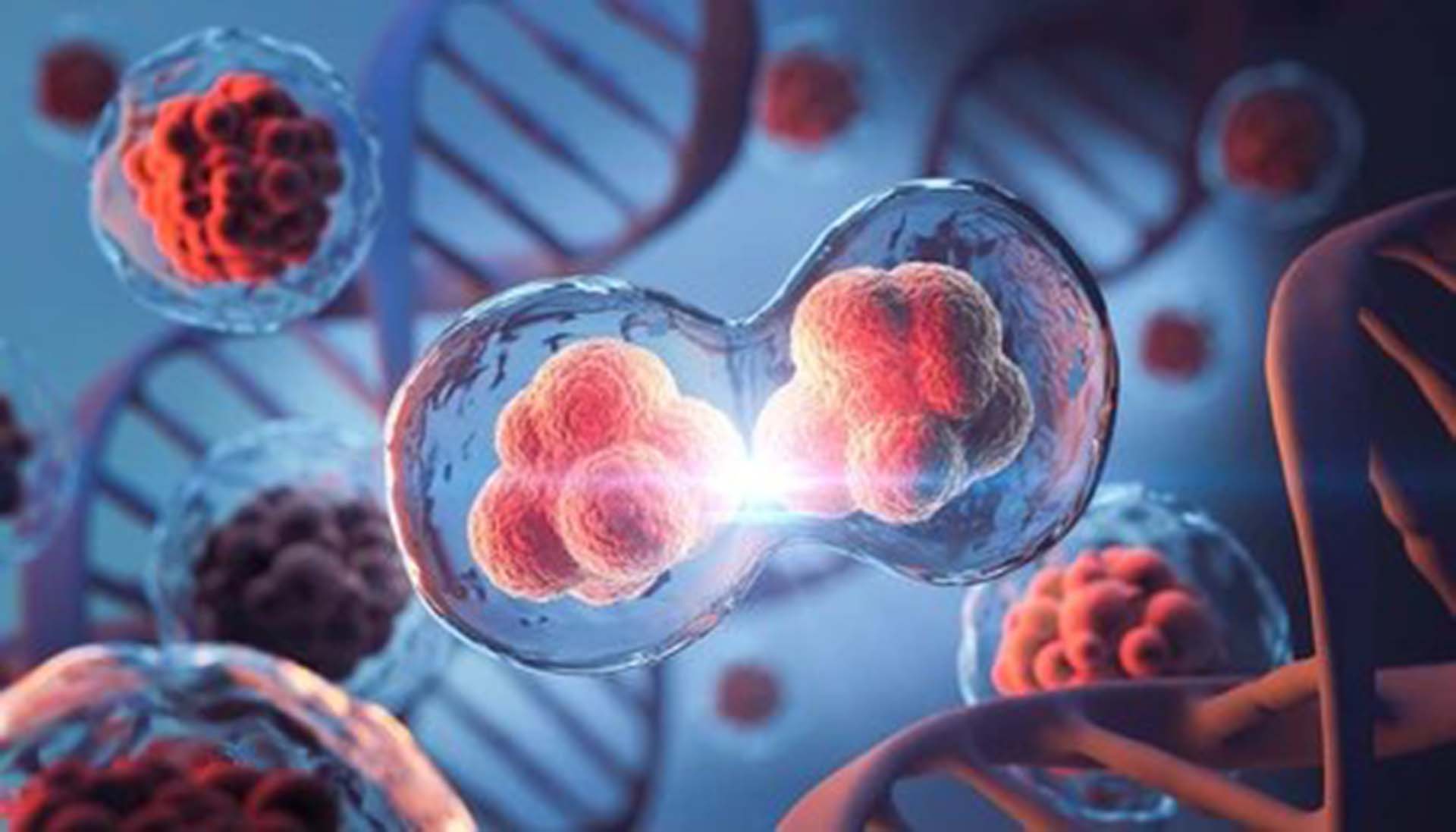

Changes in the genetic code of urothelial cells lead to uncontrolled cellular growth and a failure to undergo normal cell death (apoptosis). These mutations can involve oncogenes, which promote cancer cell growth, or tumour suppressor genes, which normally inhibit such growth.


The leading cause of bladder cancer, smokers are up to three to four times more likely to develop the disease.
Workers in industries such as dye, rubber, leather, and paint may face higher risks due to exposure to carcinogenic chemicals.
Most bladder cancer cases occur in individuals over the age of 55.
Men are more likely to develop bladder cancer than women.
Chemotherapy or radiation treatments for other cancers can increase the risk.
Conditions like recurrent urinary infections (link to service page ‘UIT’) or prolonged catheter use may elevate risk levels.
A family history of bladder cancer may increase your likelihood of developing it.
This is one of the most common and effective ways to examine the bladder. Our experienced urologist inserts a small camera attached to a thin tube through the urethra to visually inspect the bladder lining. If needed, our healthcare team may also take tissue samples (biopsies) during this procedure.
We analyse a sample of your urine to detect cancerous cells. This test can help identify the presence of cancer cells that are shed into the urine.
We may use imaging techniques like CT urograms or MRI scans to get detailed pictures of the bladder and surrounding structures, which helps us identify any abnormalities or the extent of cancer.
If an abnormality is detected, we may perform a biopsy to confirm whether it’s cancerous. This involves taking a small tissue sample from the bladder lining for lab analysis.
Bladder cancer is highly treatable, especially when detected early. Non-muscle-invasive bladder cancer, in particular, has a good prognosis, but more advanced stages may require more aggressive treatments. Regular follow-ups are essential to monitor recurrence.
The survival rate depends on the stage at diagnosis. More than 50% of people diagnosed with bladder cancer live for 5 years or more, while about 45% survive for 10 years or more after diagnosis.
Yes, bladder cancer has one of the highest recurrence rates among cancers. Between 50-80% of patients may experience recurrence, which is why close monitoring through regular cystoscopies and urine tests is crucial.
Bladder cancer’s spread depends on the type and grade. While non-muscle-invasive cancers are less likely to spread, aggressive forms like muscle-invasive bladder cancer and small cell carcinoma can spread more rapidly to other parts of the body, including lymph nodes and distant organs.
If a radical cystectomy (bladder removal) is necessary, patients will need a urinary diversion. Options include a neobladder, where a new bladder is constructed using intestinal tissue, or an ileal conduit, which diverts urine into an external pouch.